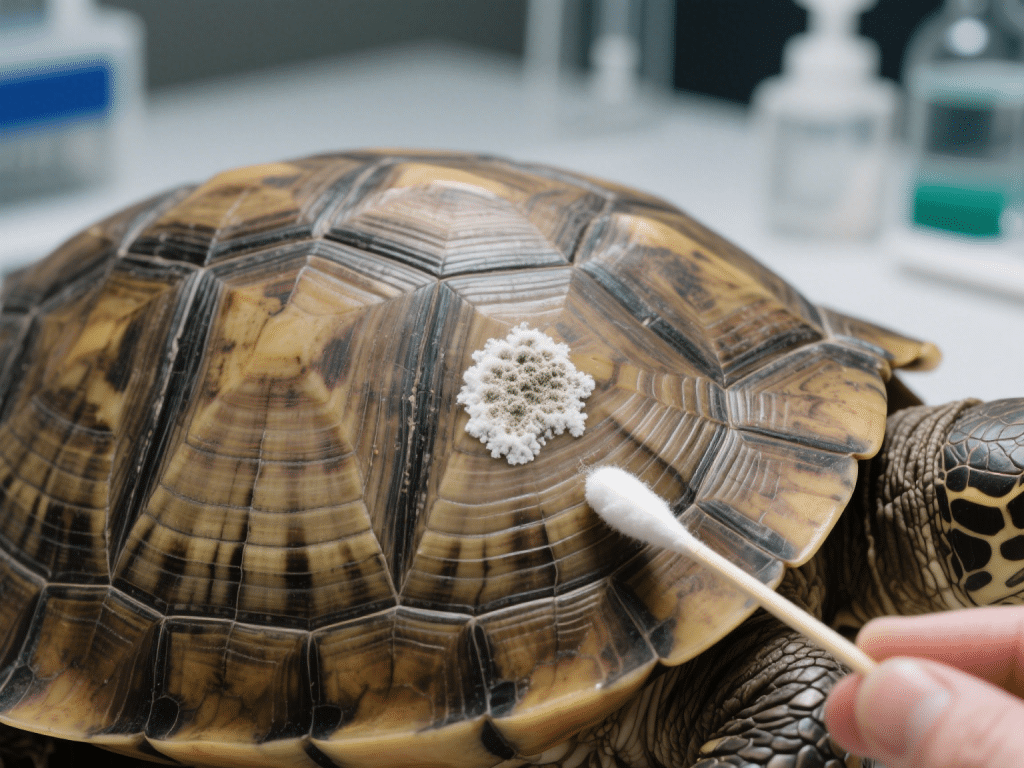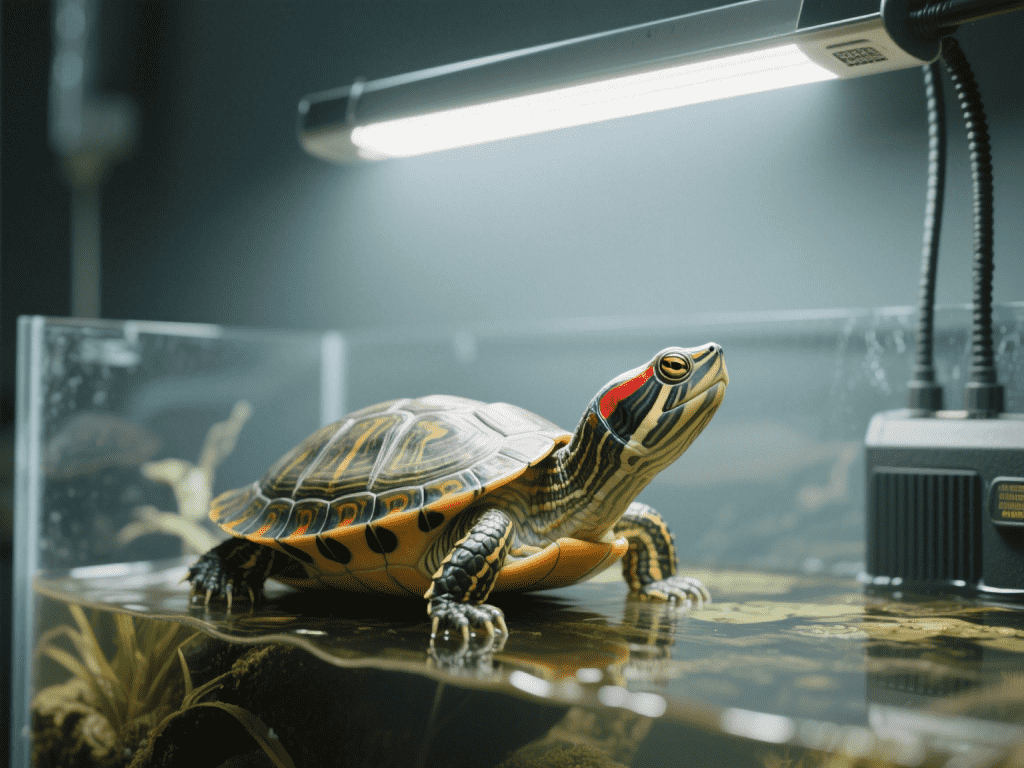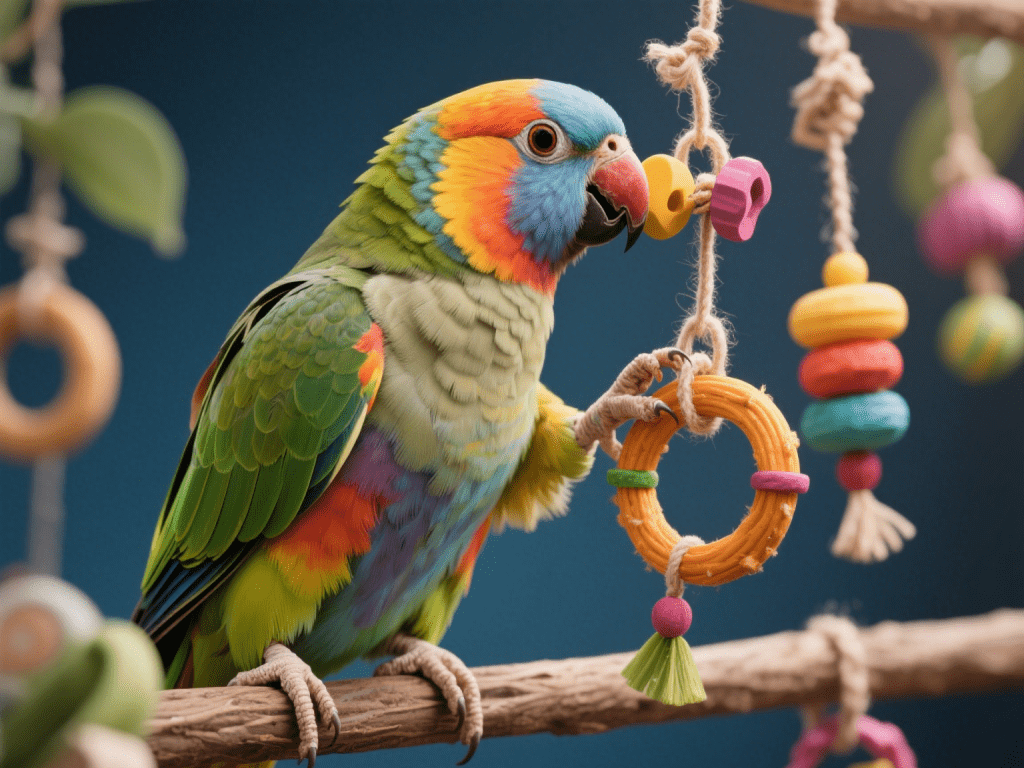
Shell rot—a bacterial or fungal infection of the carapace and plastron—presents a significant health threat to aquatic and semi-aquatic turtles. Without swift diagnosis and targeted treatment, lesions can penetrate deep into bone, leading to systemic infection and, in severe cases, mortality. Drawing from veterinary case studies and two decades of reptile clinic practice, this guide provides step‑by‑step instructions for early detection, medical and husbandry-based interventions, and preventive husbandry adjustments to manage and eradicate shell rot.
1. Recognizing Early Signs
Shell rot manifestations vary but often include:
Soft, Spongy Areas: Probing with gentle pressure reveals indentations.
Discolored Patches: White, gray, or black spots on the shell surface.
Odor & Discharge: Foul smell or serous/bloody exudate from lesions.
Frequent tank checks—visual and tactile—are key. Use a soft brush weekly to inspect scutes and proximities.
2. Diagnostic Workup
Aquatic vs. Dry Lesions:
Wet Shell Rot: Typically bacterial; thrives in poor‑quality water.
Dry Shell Rot: Fungal in origin; occurs when turtles spend excessive time on dry land without UVB.
Laboratory Tests:
Swab Cultures: Send lesion swabs for bacterial and fungal culture to identify causative agents.
Radiographs: Evaluate depth of lesion and bone involvement in advanced cases.
3. Treatment Protocols
A. Water Quality Correction:
Immediate Partial Water Change: Replace 50% of tank water; clean filters and remove organic debris.
UV Sterilization: Run a UV sterilizer continuously to reduce bacterial and algal loads.
B. Topical Care:
Debridement: Under mild sedation, gently remove necrotic material with sterile instruments.
Antimicrobial Soaks:
Chlorhexidine Bath: 1:40 solution soak for 10 minutes, once daily.
Antifungal Bath: If fungal culture positive, use miconazole or terbinafine solution per veterinary dosing.
Topical Ointments: Apply silver sulfadiazine cream or a combination antibiotic/antifungal gel to lesions; cover with breathable dressing if feasible.
C. Systemic Therapy:
Oral Antibiotics/Antifungals: Prescribe based on culture-sensitivity results; monitor for hepatic or renal side effects with periodic blood work.
4. Husbandry Adjustments & Prevention
Improved Filtration & Water Flow:
Upgrade to a canister filter rated for double the tank volume.
Incorporate powerheads or spray bars to prevent stagnation.
UVB Exposure & Dry Docking:
Provide 10–12 hours daily of UVB; ensure turtles bask under lamps for at least 30 minutes.
Implement scheduled dry‑docking (2 hours, 1–2 times weekly) in a warm, humid enclosure to allow shell drying and prevent fungal growth.
Substrate & Décor:
Remove gravel that traps waste; use bare bottom or large river rocks easily rinsed.
Clean all décor weekly with reptile‑safe disinfectant.
5. Long‑Term Monitoring & Follow‑Up
Weekly Lesion Assessments: Photograph and measure lesions to track healing progress.
Bi‑monthly Cultures: For chronic or recurrent cases, retest to confirm pathogen eradication.
Annual Vet Check: Include shell inspection, blood panels, and imaging in the wellness exam.
Conclusion:
Shell rot demands a multifaceted approach: rapid clinical intervention paired with comprehensive husbandry revision. By diagnosing early, applying targeted topical and systemic therapies, and optimizing water quality and UV exposure, you can arrest infections, stimulate shell regeneration, and safeguard your turtle’s long‑term health.










